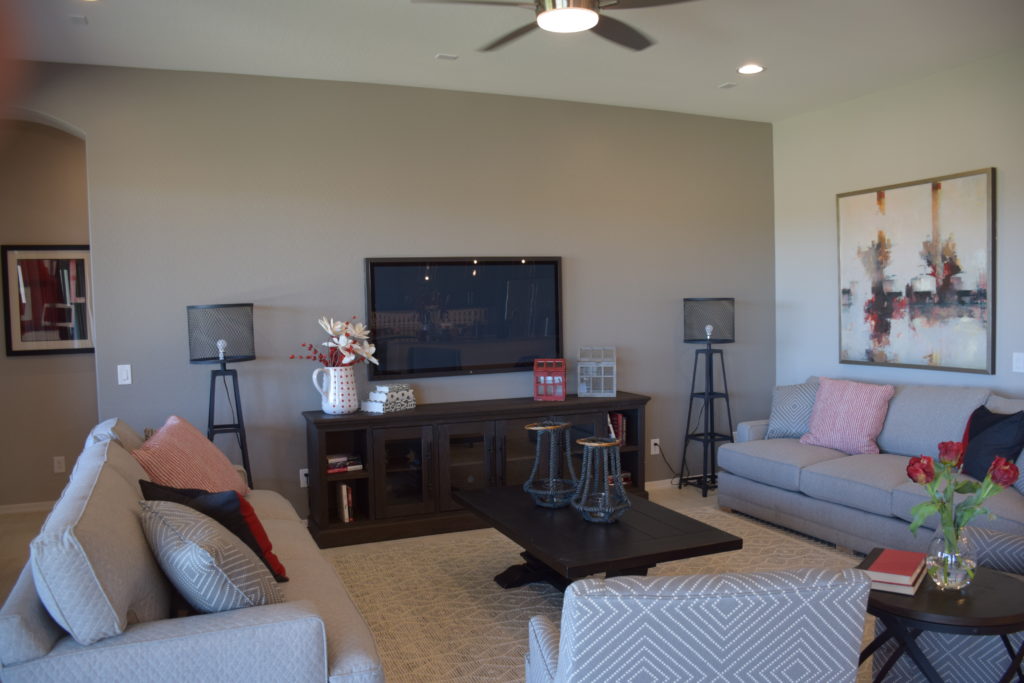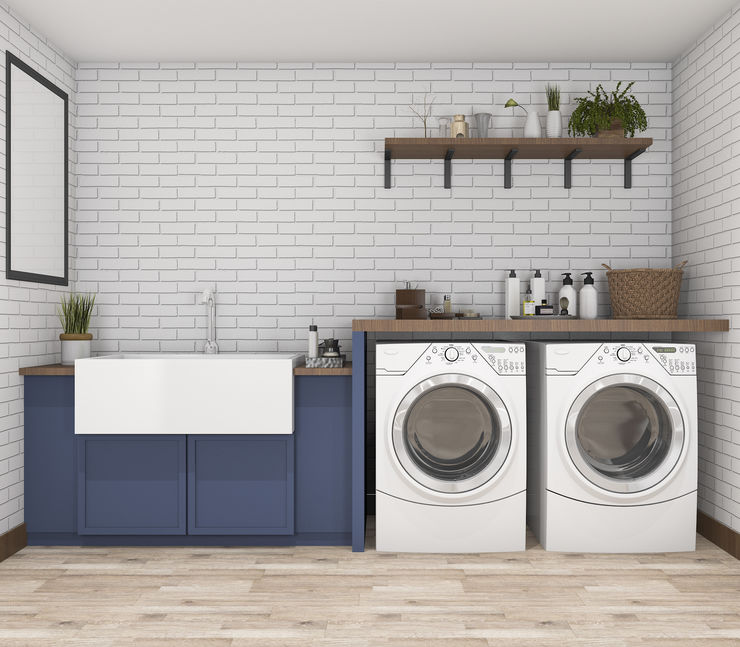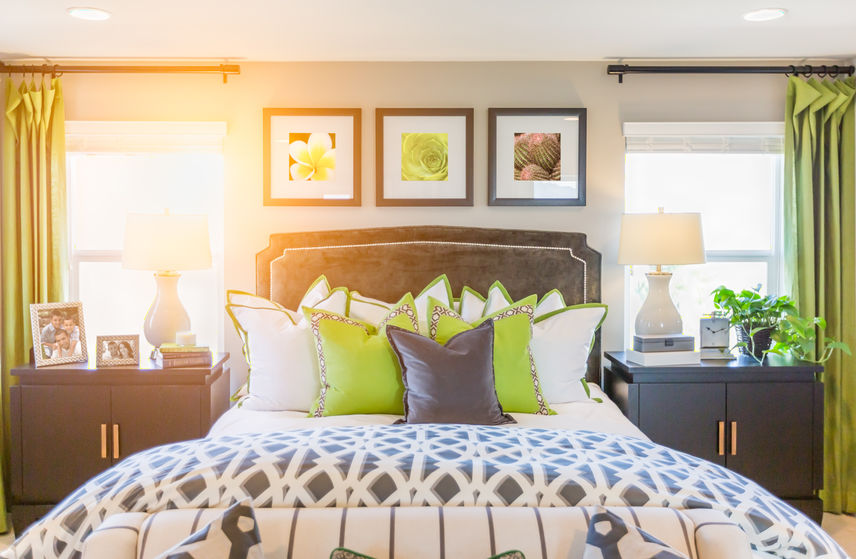
This is the time of year when eggnog is especially popular. Sometimes accidents happen and they tend to be more prone to happen when there are holiday parties and gatherings. Below are a few tips just in case you end up having to clean eggnog out of your carpet this season.
- Use a non-flammable spot removal solution or dry cleaning solvent. Do not directly pour solution onto the carpet.
- Use a detergent solution by mixing ¼ teaspoon of liquid dishwashing detergent solution per one cup of lukewarm water. Never use a stronger concentration.
- Do not use a laundry detergent.
- Rinse solution thoroughly to remove all residues. You may have to rinse several times to achieve this. Lukewarm tap water can be used for rinsing.
- Using a vinegar solution by mixing one cup of white vinegar per two cups of water
- Make sure to soak up all of the excess water when you’re finished cleaning
Always be sure to check with your manufacturer’s cleaning suggestions or consider calling a professional if you are unsure. We hope you have a great holiday season, filled with a lot of celebrating and less cleaning!









